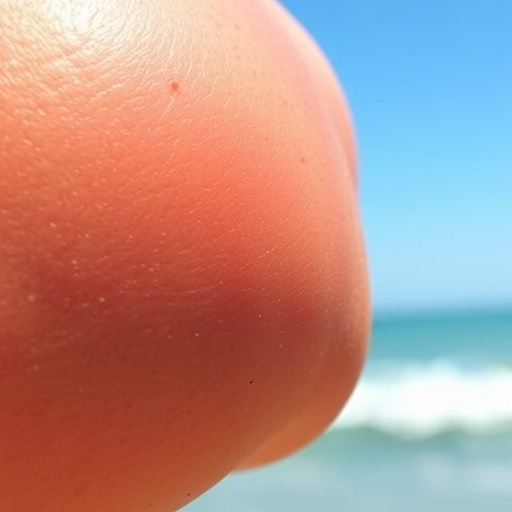
Credit: The American Chemical Society
WASHINGTON, May 2, 2017 — Derby Day is around the corner, and with it comes big hats, horses with funny names, and bourbon. The latest episode of Reactions celebrates the chemical process of distillation that makes bourbon and other whiskey varieties possible. Since water and ethanol, along with tasty flavors, have different boiling points, they can be separated by carefully heating the mash that starts off every whiskey. Each distillery carefully protects their still design, engineered to create their signature liquor. The strongest flavors take aging, but might some innovative whiskey makers find a way to hack maturation time? There's a barrel-full of chemistry in this video about whiskey: https://youtu.be/cR7Bt9Ei_zI.
###
Subscribe to the series at http://bit.ly/ACSReactions, and follow us on Twitter @ACSreactions to be the first to see our latest videos.
The American Chemical Society is a nonprofit organization chartered by the U.S. Congress. ACS is the world's largest scientific society and a global leader in providing access to chemistry-related research through its multiple databases, peer-reviewed journals and scientific conferences. ACS does not conduct research, but publishes and publicizes peer-reviewed scientific studies. Its main offices are in Washington, D.C., and Columbus, Ohio.
To automatically receive news releases from the American Chemical Society, contact [email protected].
Follow us: Twitter Facebook
Media Contact
Katie Cottingham
[email protected]
301-775-8455
@ACSpressroom
http://www.acs.org
############
Story Source: Materials provided by Scienmag





